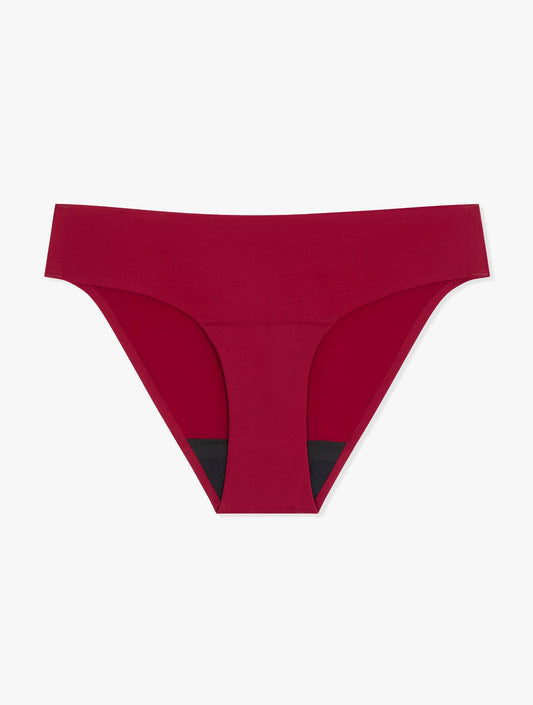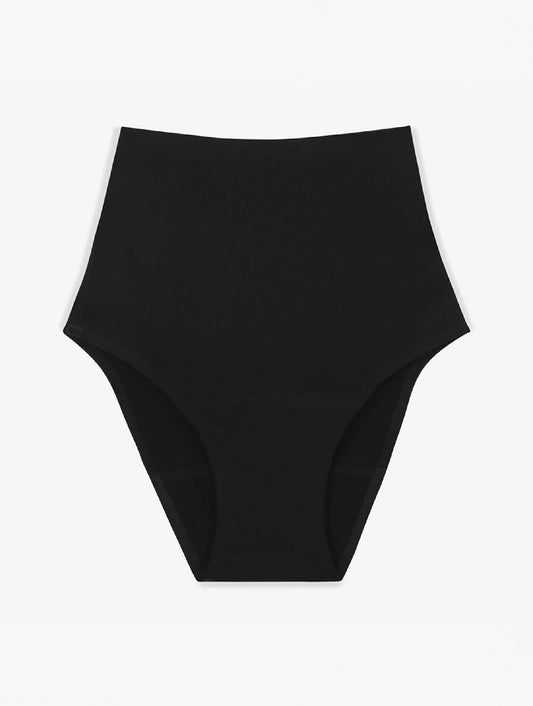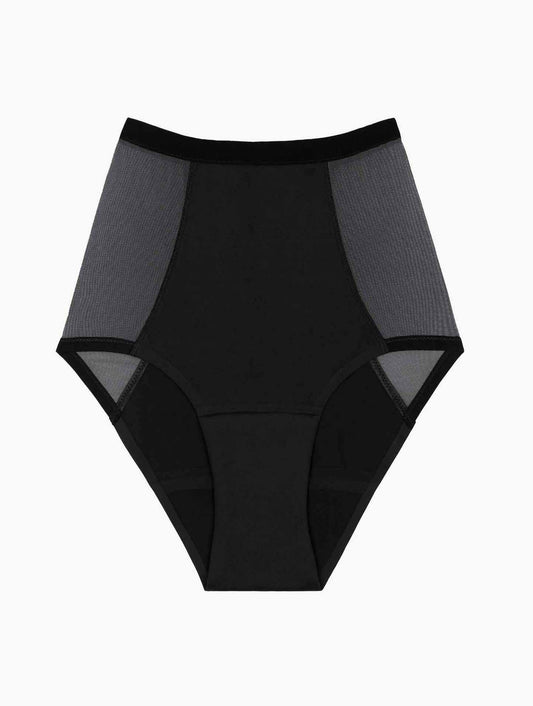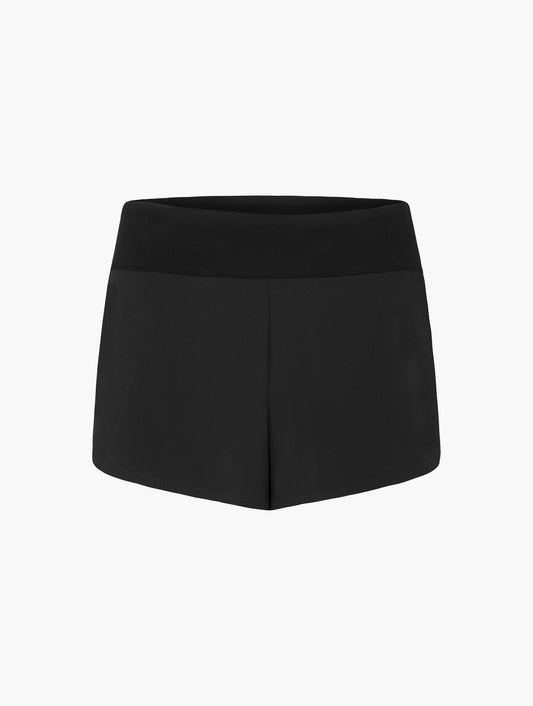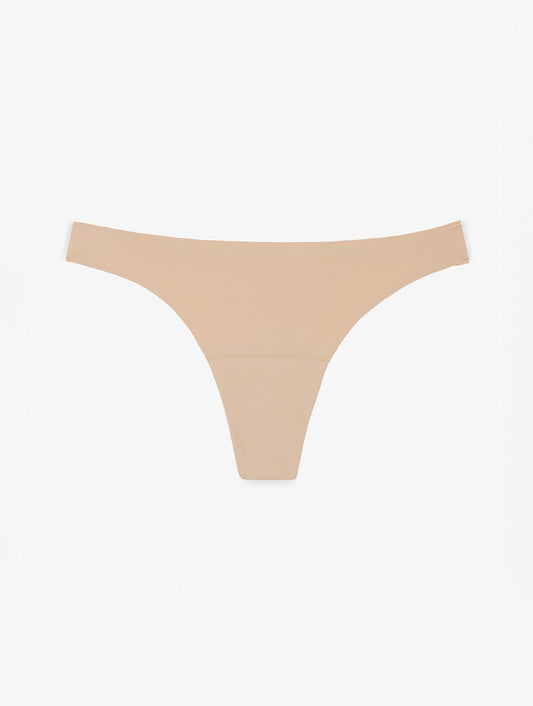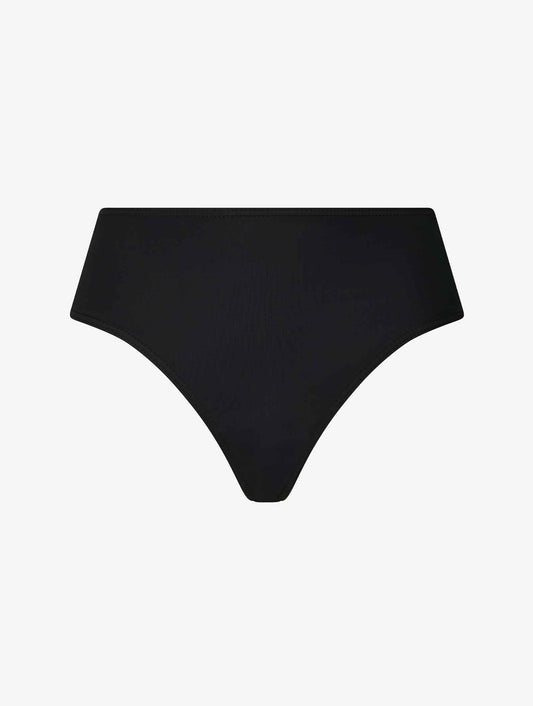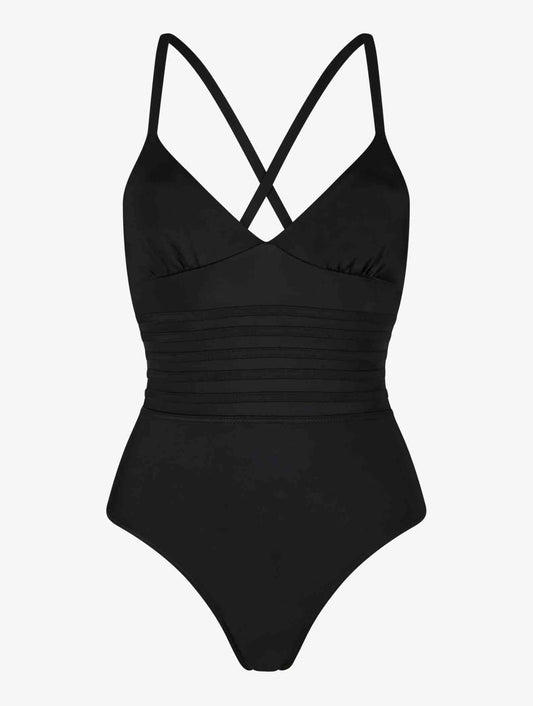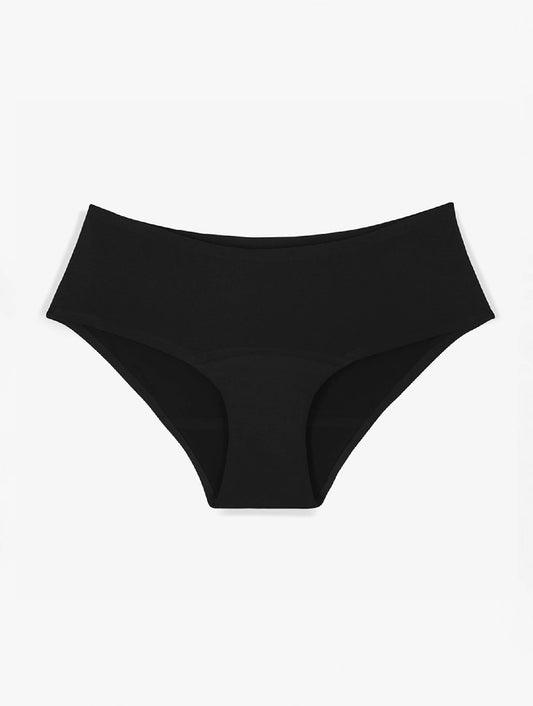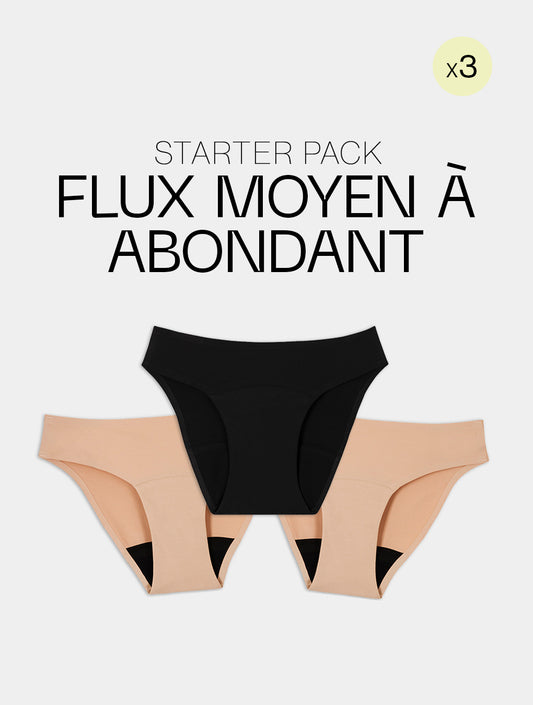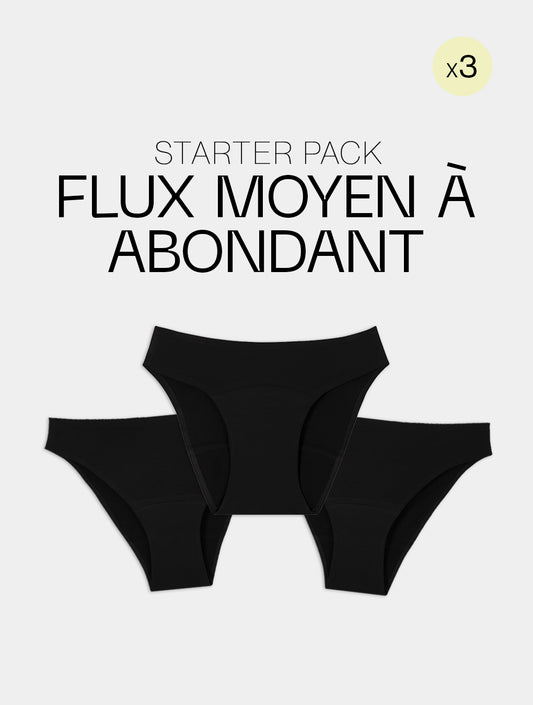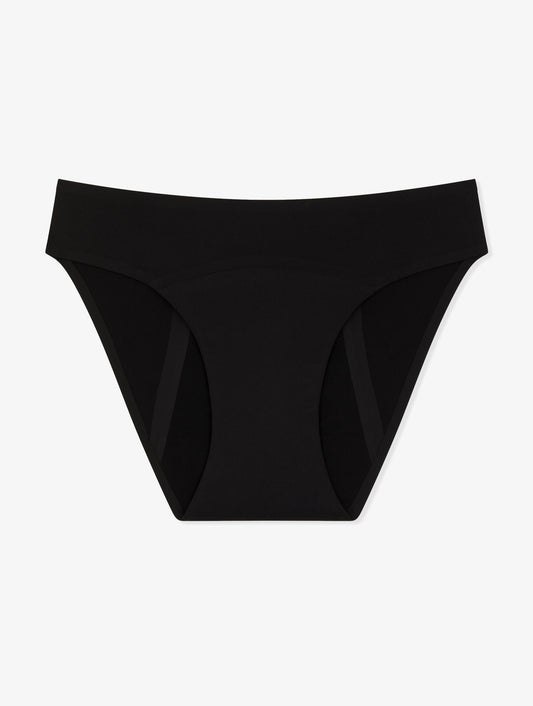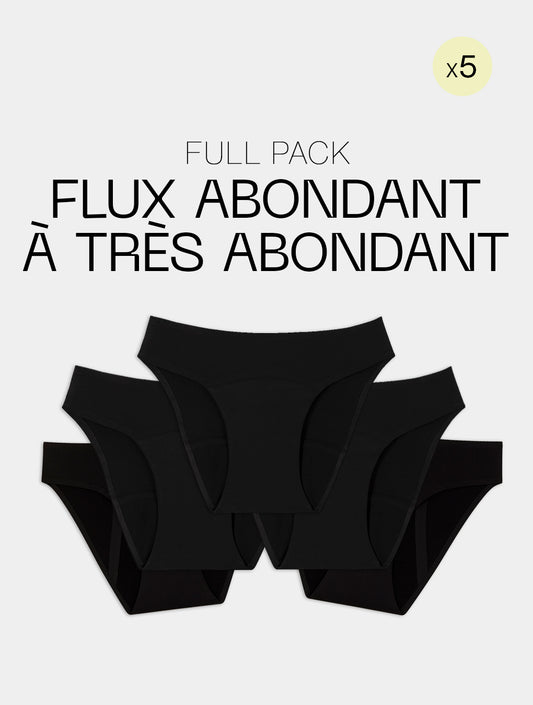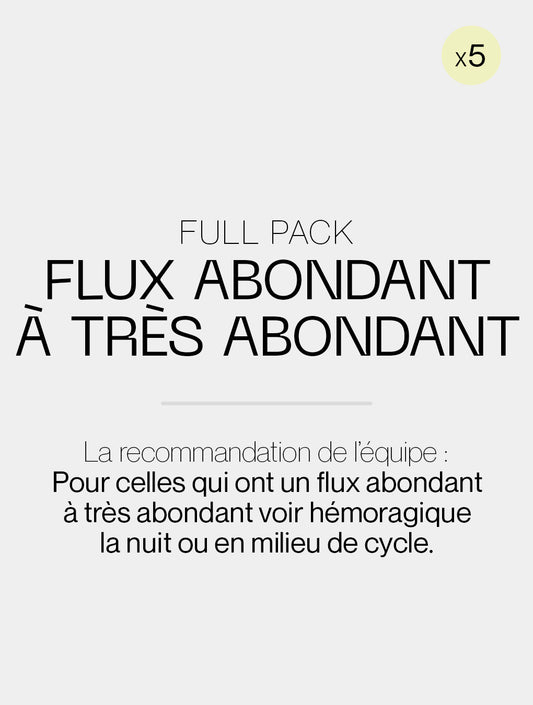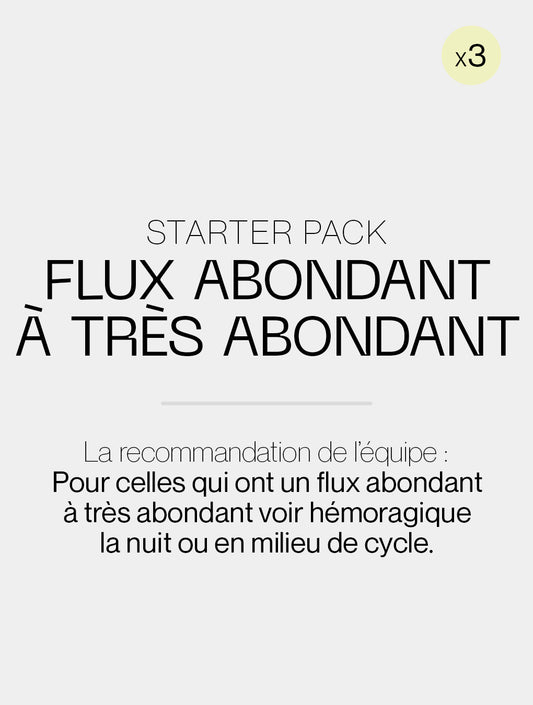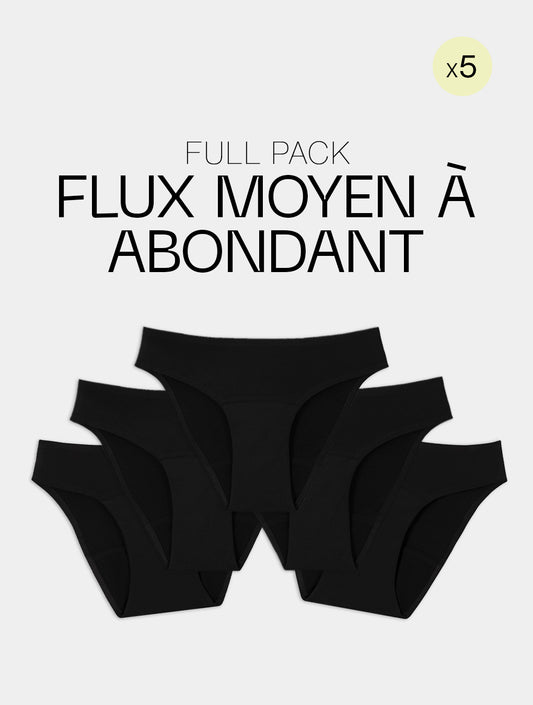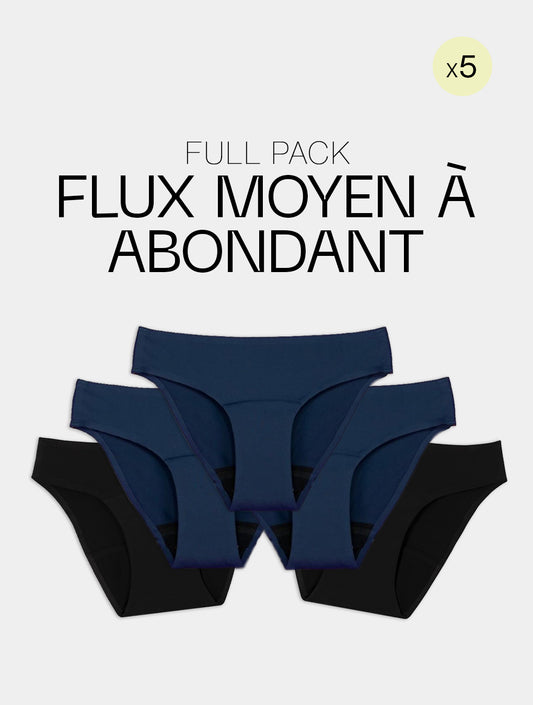Buffer life cycle
Buffer . This very practical object, always within reach in handbags, accompanies millions of women during their periods. It seems very banal, but it is nevertheless considered by Greenpeace as one of the most polluting objects. Raw materials, manufacturing method, toxic products and non-degradable waste, the tampon is indeed among the ranks of the environmental defendants... but fortunately more and more alternatives exist!

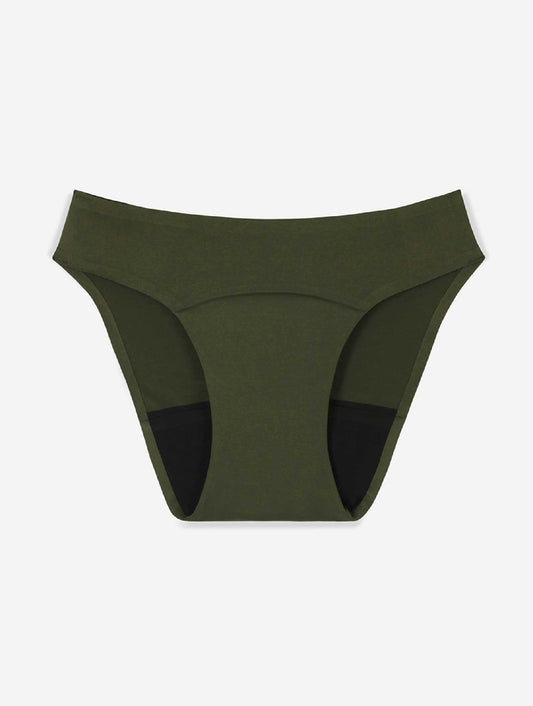



Stamp manufacturing process
What raw materials?
It is still often difficult to know exactly what tampons contain: no list of ingredients appears on the packaging. We still know that the majority is composed mainly of viscose, a synthetic fiber made from wood pulp or artificially with petroleum. This latter solution makes the tampons non-biodegradable and therefore non-ecological.
They also contain a more or less significant proportion of cotton. The cultivation of this plant is one of the most polluting there is. It alone requires 25% of the pesticides used in the world even though it only represents 2.5% of cultivated areas. In addition, it takes 10,000 liters of water to produce just one kilo of cotton.
Added to the ecological bill is also the energy cost due to transport, cotton being grown mainly in China, India and Africa.
Presence of substances harmful to the environment
When manufacturing tampons, chlorine is used to bleach the raw material. This operation leaves dioxin residues in the final product, a chemical compound as toxic to women's health as it is to the environment. After using the tampon, these dioxins contaminate terrestrial and marine environments, sometimes ending up… on our plate! This is rather worrying, as prolonged exposure to this poison has been shown to cause cancer and disruption of the immune system, among other things.
End of life of a buffer
Disposable protections = polluting waste
Over the course of her life, each woman throws away on average between 10,000 and 15,000 sanitary protection products in the trash. However, it takes 500 years for a tampon to disappear. Synthetic viscose degrades very poorly and falls into the category of microplastics now present in all ecosystems, particularly in the seabed. It is estimated that more than 8 million tonnes are discharged into the sea annually, causing the death of millions of fish, marine mammals and other living organisms.
Packaging and applicators
Added to this long list of polluting materials and processes are individual packaging and plastic applicators. This non-recyclable waste contributes a little more every day to the expansion of the 7th continent of plastic in the middle of the Pacific Ocean.
A worrying observation, but not inevitable
Tampons that are more respectful of women and the planet
More sustainable and environmentally friendly alternatives are gradually developing. Young brands today offer tampons made from organic cotton, viscose-free and not bleached with chlorine, as well as applicators made from recyclable cardboard. Even the hygienic protection giant Tampax has recently started marketing organic cotton tampons from responsible sources, with applicators made from 90% vegetable plastic. Unfortunately, these tampons still have a significant impact on the planet, and also on our wallets: they cost on average twice as much as traditional tampons!
0 waste alternatives
Reusable protection such as period cups or panties are very good solutions for those who want to limit their waste during their periods. The most adventurous among us can even do without periodic protection altogether by trying the free instinctive flow !
by Emilie









